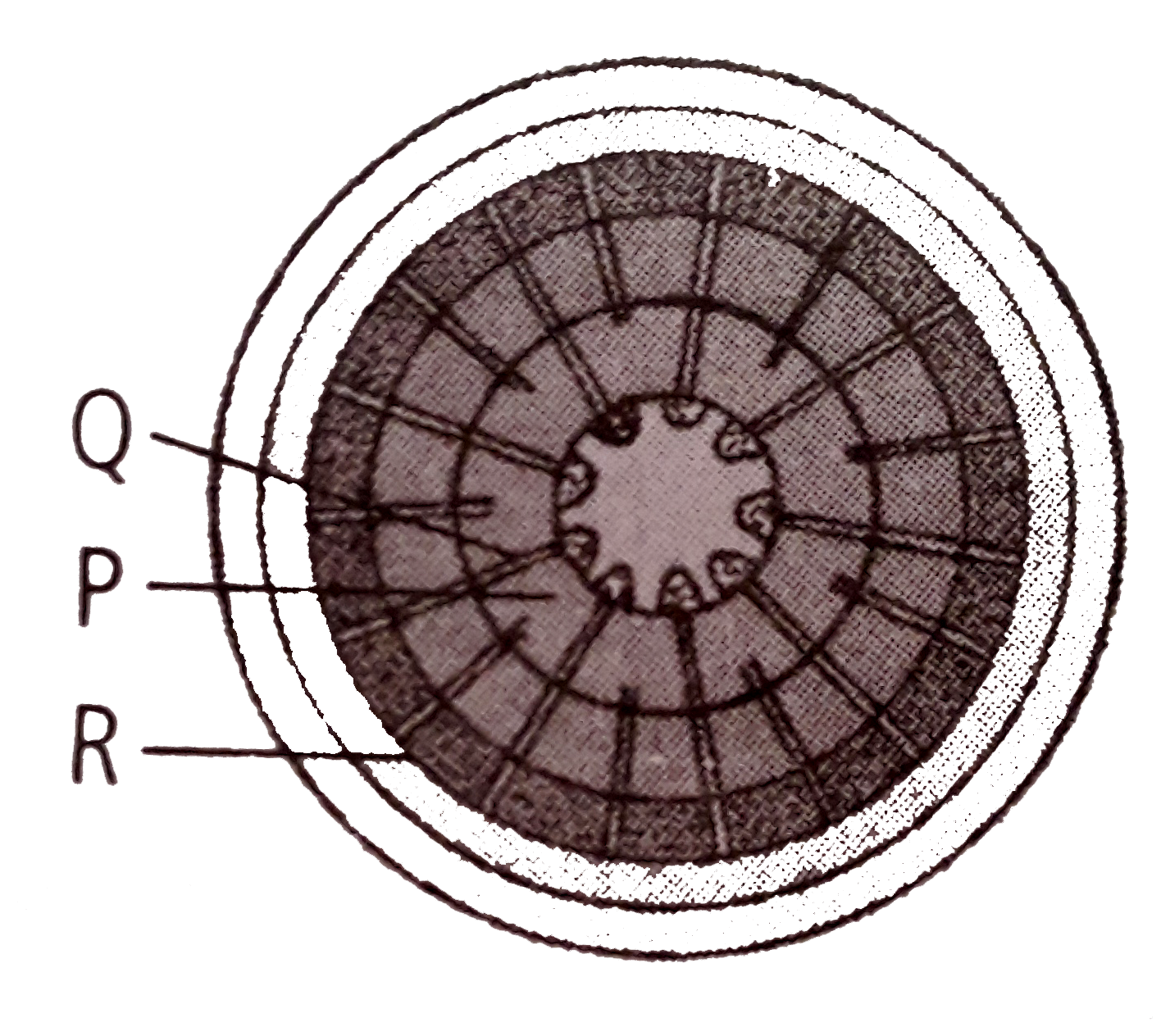Miracidium gives rise to
sporocyst after entering snail
sporocyst in contact with aquatic vegetation
Redia after entering snail
Redia in contact with aquatic vegetation .
The correct Answer is:a
To answer the question "Miracidium gives rise to," we need to follow the life cycle of the Fasciola, also known as the liver fluke, which is a type of Platyhelminthes. Here’s a step-by-step breakdown of the process:
Step 1: Understanding Miracidium
- Definition: Miracidium is the first larval stage of the Fasciola, which is a digenetic parasite. It is released from the primary host (sheep or goat) into the environment.
Step 2: Entry into the Snail
- Process: After exiting the primary host, the Miracidium seeks out and enters the body of a suitable secondary host, which is typically a garden snail.
Step 3: Development into Sporocyst
- Transformation: Once inside the snail, the Miracidium undergoes a transformation and develops into a sporocyst. This is a crucial stage in the life cycle of Fasciola.
Step 4: Further Development
- Subsequent Stages: The sporocyst will eventually develop into other larval forms, including rediae, cercariae, and metacercariae, but the question specifically asks about what Miracidium gives rise to.
Conclusion
- Correct Answer: Therefore, the correct answer to the question "Miracidium gives rise to" is sporocyst after entering the snail.
- Definition: Miracidium is the first larval stage of the Fasciola, which is a digenetic parasite. It is released from the primary host (sheep or goat) into the environment.
- Process: After exiting the primary host, the Miracidium seeks out and enters the body of a suitable secondary host, which is typically a garden snail.
- Transformation: Once inside the snail, the Miracidium undergoes a transformation and develops into a sporocyst. This is a crucial stage in the life cycle of Fasciola.
- Subsequent Stages: The sporocyst will eventually develop into other larval forms, including rediae, cercariae, and metacercariae, but the question specifically asks about what Miracidium gives rise to.
- Correct Answer: Therefore, the correct answer to the question "Miracidium gives rise to" is sporocyst after entering the snail.
Topper's Solved these Questions
- PLATYHELMINTHES-THE FLAT WORMSBOOK - DINESH PUBLICATION ENGLISHCHAPTER - PLATYHELMINTHES-THE FLAT WORMSEXERCISE - check your grasp
9 Videos
- Plant Growth and MovementsBOOK - DINESH PUBLICATION ENGLISHCHAPTER - Plant Growth and MovementsEXERCISE - BRAIN TEASERS-IV
41 Videos
- PRINCIPLES AND APPLICATIONS OF BIOTECHNOLOGYBOOK - DINESH PUBLICATION ENGLISHCHAPTER - PRINCIPLES AND APPLICATIONS OF BIOTECHNOLOGYEXERCISE - Brain Teasers
5 Videos
Similar Questions
Knowledge Check
During the secondary growth in the dicotyledonous stems the cork cambium gives rise to :
Asecondary xylem and secondary phloemBsecondary cortex and corkCpith and medullary raysDmulticellular hairs
During the secondary growth in a dicotyledonous stem, the fusiform initials of vascular cambium give rise to which of the given labelled part?APBRCQDboth a and b
In flowering plants archesporium gives rise to
View SolutionProcambium is situated just behind apical meristem. Procambium gives rise to
View SolutionEctoderm give rise to
View SolutionWhich tissues does procambium give rise to?
View SolutionDuring germination, plumule gives rise to the _________ and radicle gives rise to the ________
View Solutionwhich tissue gives rise to secondary growth
View Solution